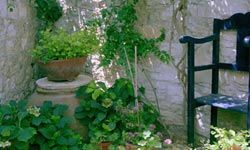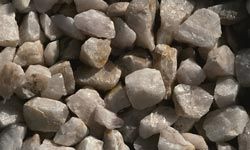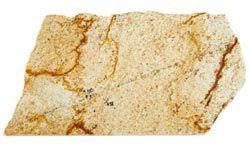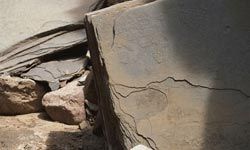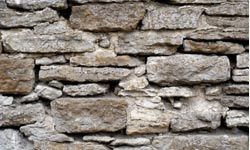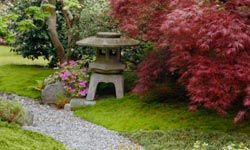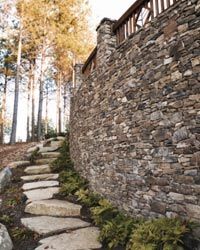Roasting marshmallows in your fire pit, enjoying a glass of wine on your patio, or simply taking in the beauty of your well-maintained garden can all be ways that you enjoy your yard.
In fact, according to The American Institute of Architects' Home Design Trends Survey, conducted during the first quarter of 2009, the popularity of outdoor living elements in homes continues to be high. 60 percent of respondents have seen increases in the demand for outdoor living spaces, including elements such as patios or kitchens [source: The American Institute of Architects].
Advertisement
Many of these outdoor spaces include some type of hardscaping, or more long-lasting, dense structures in a garden to enhance the space's functionality and beauty.
In this article, we'll be exploring the unique qualities of 10 different varieties of stones used to create hardscaping for gardens.
